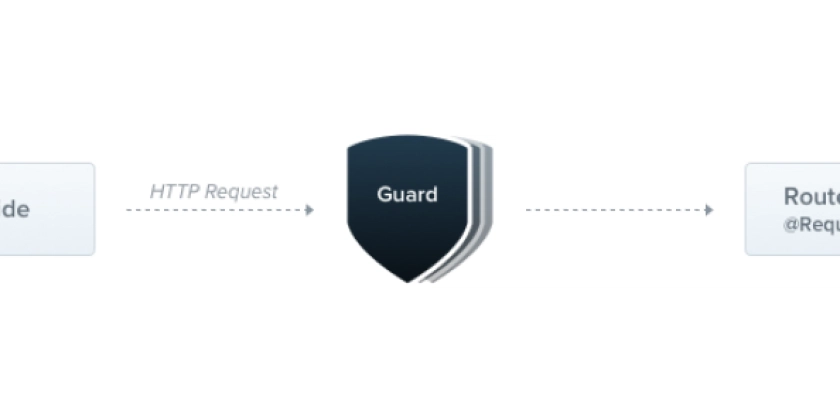
Rails 7.1: Mastering Complex Database Queries with the .with Method
Are you a Ruby on Rails developer struggling with complex SQL queries? Rails 7.1 introduces the .with method, a game-changer for crafting readable, maintainable, and efficient Common Table Expressions (CTEs) directly within Active Record. Learn how to leverage this powerful feature to take your database interactions to the next level.
What are Common Table Expressions (CTEs) and Why Should Rails Developers Care?
CTEs are temporary result sets defined within a single SQL statement. Think of them as named subqueries that exist only for the execution of that statement. For Rails developers, CTEs offer several key benefits:
- Improved Readability: Break down complex queries into smaller, logical units.
- Enhanced Organization: Structure your SQL code for easier understanding and maintenance.
- Code Reusability: Reference the same subquery multiple times without repetition, adhering to the DRY principle.
- Potential Performance Boost: Many databases can optimize CTEs more effectively than deeply nested subqueries.
Rails 7.1 .with Method: Your Gateway to CTEs in Active Record
Rails 7.1 simplifies CTE creation with the .with method. Let's explore how Ruby on Rails developers can use it with practical examples.
Basic CTE Creation
The simplest usage involves defining a CTE with a name and a query:
This creates a CTE named popular_posts containing posts with over 100 likes.
Referencing CTEs in FROM and JOIN Clauses
Once defined, CTEs can be used in FROM or JOIN clauses:
Examples showcase how CTEs can be integrated into existing queries.
Combining Sub-queries with UNION ALL
The .with method supports combining multiple sub-queries using UNION ALL:
This creates a CTE named active_posts containing both active posts and those created in the last week.
Real-World Examples for Ruby on Rails Developers
Let's dive into practical scenarios where the .with method shines.
Finding Users with Articles: CTE in Action
This example demonstrates finding users who have written articles:
This approach makes the query more readable and potentially more efficient.
Multiple CTEs: Handling Complex Scenarios
You can define multiple CTEs in two ways:
Choose the method that best suits your code's readability.
Calculating Comment Likes and Sorting for Rails Developers
This example calculates total likes for each comment and sorts them by popularity:
CTEs avoid the need for subqueries.
Building a Hierarchical Category Tree with Recursive CTEs
Recursive CTEs are ideal for handling hierarchical data. Here's how to build a category tree:
Ruby on Rails developers can represent complex relationships using the power of recursive querying.
Limitations in Older MySQL Versions
Important for Ruby on Rails developers using MySQL: CTEs are only supported in versions 8.0 and above. MySQL 5.7 users won't be able to use this feature.
Benefits for Ruby on Rails Developers Recap
- Code Organization: Keep complex queries clean and modular.
- DRY Principle: Reuse the same subquery multiple times without duplication.
- Performance: Many databases optimize CTEs better than nested subqueries.
- Readability: Make your query intentions clearer to other developers.
Conclusion: Embrace the .with Method for Powerful Database Interactions
The .with method in Rails 7.1 empowers you to write cleaner more efficient, and more maintainable SQL queries using Common Table Expressions. Whether you're building complex features or optimizing existing code, this feature is a valuable asset in your Ruby on Rails toolkit. Experiment with these examples and discover the power of CTEs in your own projects.



